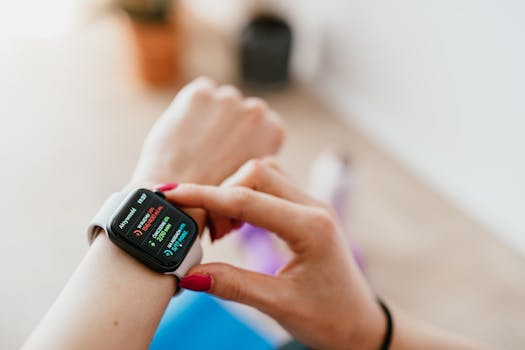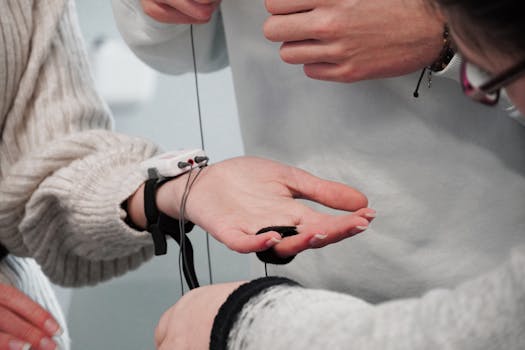The Future of Health Tech: Wearables and Gadgets in 2025
The Future of Health Tech: Wearables and Gadgets in 2025 are revolutionizing the way we approach healthcare. With the rapid advancement of technology, we are seeing a surge in innovative wearables and gadgets that are changing the game. From smartwatches to fitness trackers, these devices are not only tracking our physical activity but also monitoring our mental health, sleep patterns, and nutrition.
Section 1: Introduction to Health Tech

The health tech industry has experienced significant growth in recent years, with the global market expected to reach $504.4 billion by 2025. This growth can be attributed to the increasing demand for personalized healthcare, rising healthcare costs, and the need for more efficient and effective healthcare solutions. Wearables and gadgets are playing a crucial role in this growth, with the global wearables market expected to reach $51.6 billion by 2025.
Section 2: Trends and Innovations in Wearables and Gadgets

One of the most significant trends in wearables and gadgets is the integration of artificial intelligence (AI) and machine learning (ML) algorithms. These algorithms enable devices to learn and adapt to an individual’s behavior, providing personalized insights and recommendations. For example, fitness trackers can now detect changes in a person’s physical activity and offer customized workout plans. Another trend is the inclusion of biosensors, which can track vital signs such as heart rate, blood pressure, and oxygen levels.
Some of the most innovative wearables and gadgets include smart contact lenses, smart glasses, and implantable devices. Smart contact lenses, for instance, can monitor glucose levels, provide virtual displays, and even offer augmented reality experiences. Smart glasses, on the other hand, can track eye movements, provide virtual assistance, and offer real-time language translation.
Section 3: Applications and Benefits of Health Tech

The applications of health tech are vast and varied, ranging from preventive care to disease management. Wearables and gadgets can help individuals monitor their physical activity, track their sleep patterns, and manage their nutrition. They can also provide early detection and warning systems for chronic diseases such as diabetes, heart disease, and obesity.
The benefits of health tech are numerous, including improved health outcomes, reduced healthcare costs, and enhanced patient engagement. Wearables and gadgets can also provide real-time feedback and motivation, encouraging individuals to adopt healthier habits and lifestyles. Moreover, they can facilitate remote monitoring and telemedicine, enabling healthcare professionals to provide care and support to patients remotely.
Section 4: Challenges and Limitations of Health Tech

Despite the many benefits and applications of health tech, there are also several challenges and limitations to consider. One of the primary concerns is data privacy and security, as wearables and gadgets collect sensitive personal data. There is also the issue of accuracy and reliability, as some devices may not provide accurate readings or may be prone to errors.
Another challenge is the lack of standardization and regulation in the health tech industry. This can lead to confusion and inconsistency among devices and platforms, making it difficult for healthcare professionals to interpret and use the data. Furthermore, there is the issue of accessibility and affordability, as some wearables and gadgets may be expensive or inaccessible to certain populations.
Conclusion

In conclusion, the future of health tech is exciting and promising, with wearables and gadgets playing a vital role in shaping the future of healthcare. While there are challenges and limitations to consider, the benefits and applications of health tech are numerous and significant. As the industry continues to evolve and innovate, we can expect to see even more advanced and sophisticated wearables and gadgets that will transform the way we approach healthcare.






